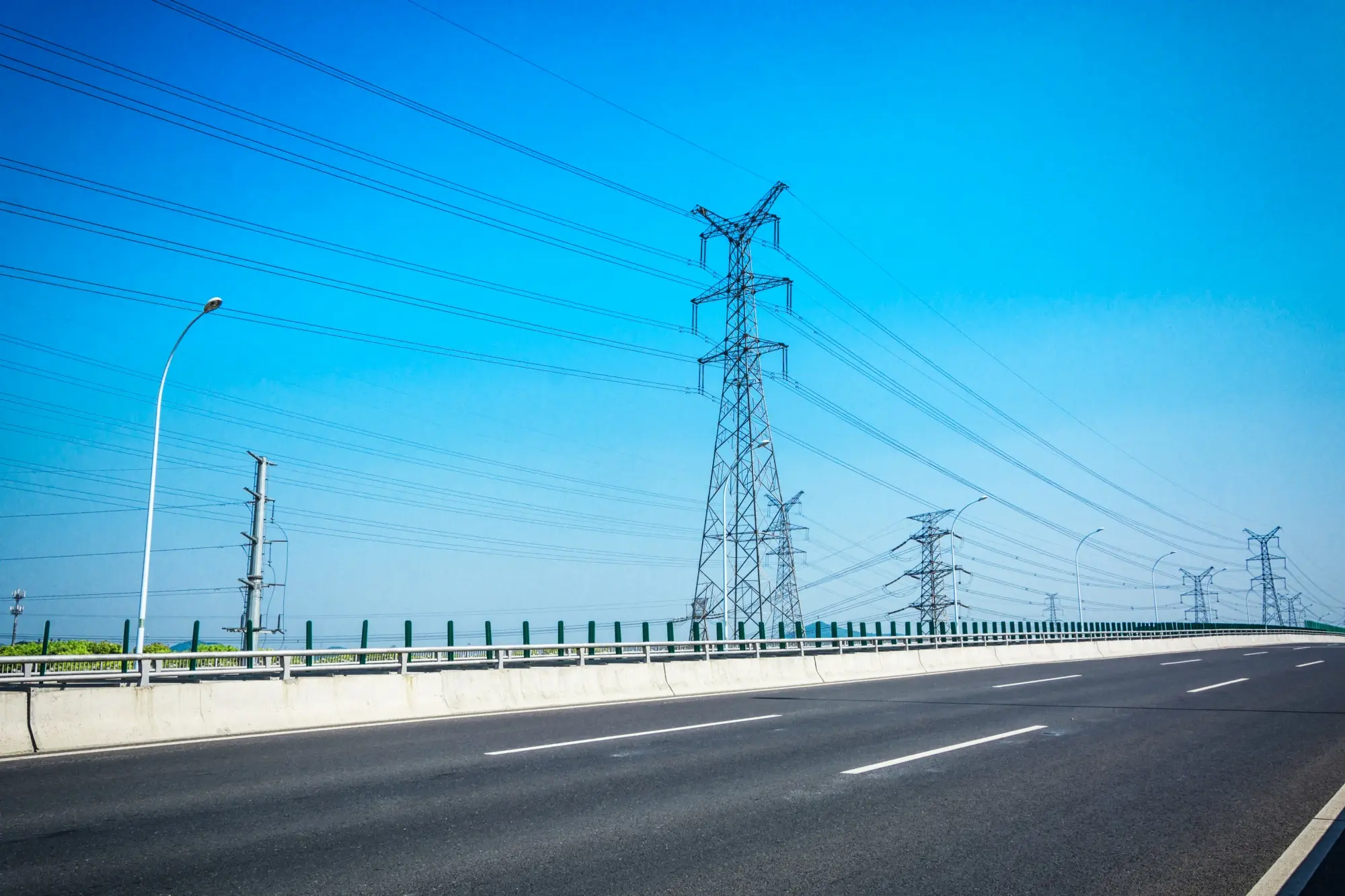The war has profoundly transformed Ukraine’s energy sector. More than 50% of the country’s energy infrastructure has been destroyed or damaged. Almost all thermal and hydropower plants have suffered varying degrees of destruction from Russian missile and drone attacks, leaving many cities and communities without electricity or heat supply.
Before the full-scale invasion, Ukraine’s total generation capacity exceeded 37 GW; by 2024, less than 14 GW remained operational. As of 2024, the estimated damage to the energy sector exceeded $16 billion.
Despite the losses, Ukraine’s overall energy mix has remained largely unchanged, although total generation volumes have fallen due to a 30% reduction in consumption. Before the invasion, electricity generation relied on nuclear (55%), coal (30%), and hydropower (6%). As of 2025, this balance remains similar — nuclear continues to provide around 55–60%, while coal and hydropower account for approximately 30% and 6%, respectively.
At present, this mix is sufficient to meet the country’s basic energy needs and sustain a slower wartime economy. However, once the war ends, additional generation capacity will be required to support economic recovery and growth.
Ukraine’s post-war recovery will drive a rapid increase in energy demand. The return of people from abroad, the opening of new businesses, and the implementation of infrastructure projects across regions will all contribute to rising electricity consumption. Even with ambitious energy efficiency measures, Ukraine’s commitments under the EU accession process will require large-scale electrification — of transport, heating, industry, and IT infrastructure — as well as the development of data centers.
According to Ukraine’s key strategic documents — the Energy Strategy of Ukraine until 2050 and the National Energy and Climate Plan until 2030 — the country aims to phase out coal generation by 2035. The future energy mix will rely primarily on nuclear, gas, and renewable energy sources. In the short term, Ukraine needs to design and deploy a balanced set of technologies across these three pillars to create a resilient foundation for its future energy system. To remain competitive, the country must prioritize the most efficient and modern solutions — achieving maximum results at the lowest possible cost.
DiXi Group, together with Ukrainian experts and professors from the Massachusetts Institute of Technology (MIT), has identified and described 13 advanced energy technologies relevant to Ukraine’s reconstruction and modernization. These technologies also present significant potential for deepening Ukraine–US cooperation in the energy sector. Stronger US–Ukraine collaboration on new energy technologies will expand opportunities for American companies and startups to introduce their innovations and services. Joint projects will reinforce US leadership in energy innovation and support long-term economic growth, making both countries stronger and more prosperous.
The faster Ukraine learns, tests, and implements new energy technologies, the greater its long-term benefits will be. Beyond consuming advanced solutions, the country can also develop and manufacture them domestically. Ukraine has strong prerequisites for this transformation — a solid engineering tradition, deep expertise in nuclear energy, and proven capacity for rapid technological adaptation during wartime (with drone innovation being a striking example).
Rebuilding the destroyed energy infrastructure presents an opportunity to pilot cutting-edge technologies for grid management, energy balancing, and system resilience — turning destruction into a platform for innovation.
The preparation of this analytical product was made possible by the support of the American people as part of the Energy Sector Transparency Project implemented by DIXI GROUP. The information contained in this material is the sole responsibility of DIXI GROUP and can under no circumstances be taken to reflect the position of the U.S. Government.
